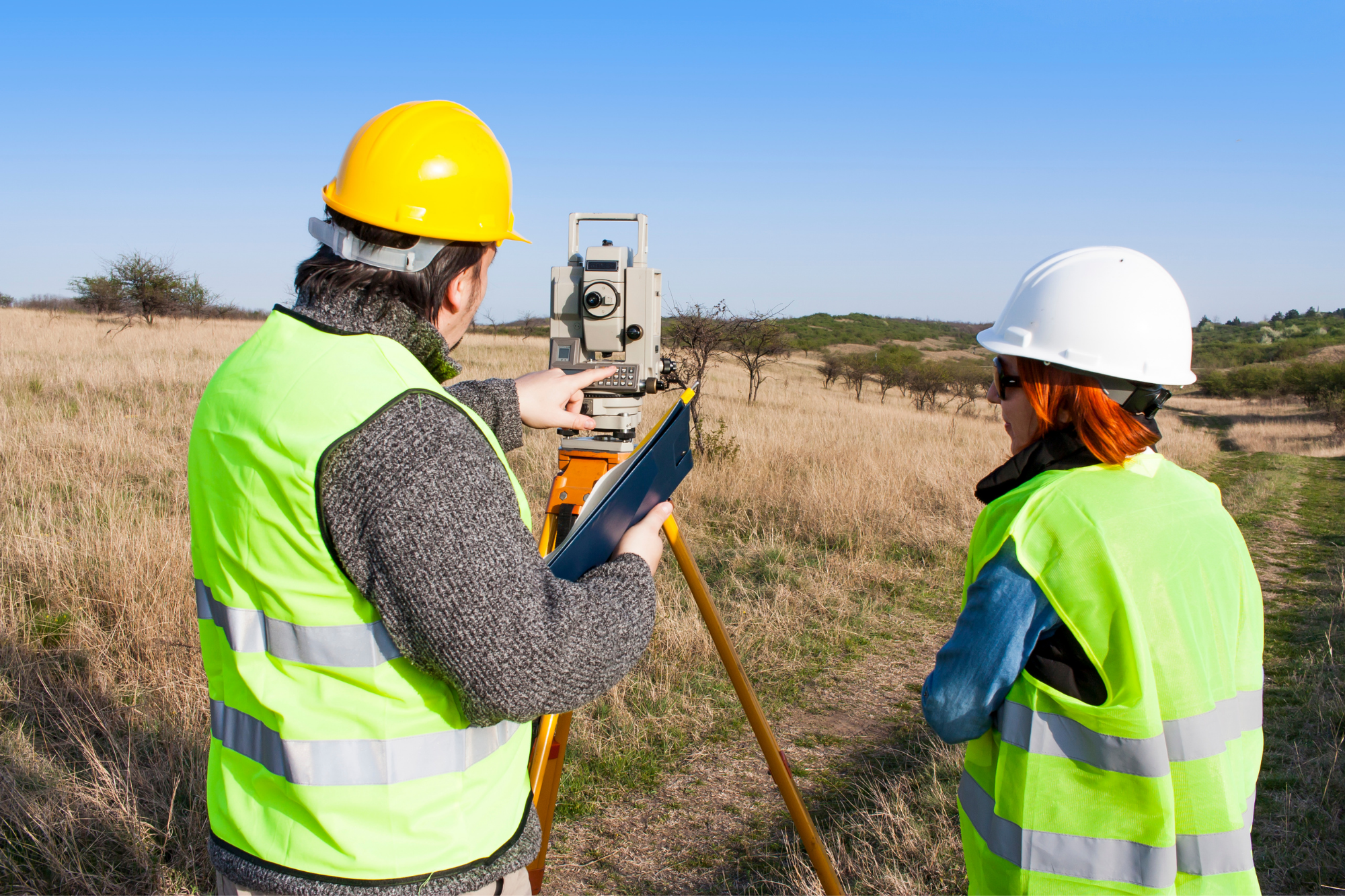
Farm maps are revolutionizing the way agriculture is being practiced. These maps provide valuable information about the layout of the land, including soil quality, topography, and other relevant factors. With this information at their disposal, farmers can make informed decisions about crop selection, irrigation, fertilization, and other important aspects of farming.
One of the key benefits of using farm maps is the ability to optimize crop selection. Different crops have different requirements, and not all areas of a farm are suitable for growing every type of crop. By carefully analyzing the soil quality and other factors, farmers can identify the areas that are most suitable for growing certain crops. This helps to maximize crop yield and minimize waste, leading to more efficient farming practices.
In addition to optimizing crop selection, farm maps also help farmers make informed decisions about irrigation. By mapping out the topography of the land, farmers can identify areas that are prone to waterlogging or drainage issues. This allows them to make adjustments to their irrigation system to ensure that each area of the farm receives the appropriate amount of water. Proper irrigation not only helps to improve crop yield but also conserves water, an increasingly scarce resource in many parts of the world.
Farm maps also provide valuable information about soil quality. Different areas of a farm may have varying levels of nutrients, pH levels, and organic matter content. By analyzing this information, farmers can make informed decisions about fertilization. They can determine which areas require additional nutrients and which areas may be at risk of nutrient runoff. This helps to minimize the use of fertilizers, reducing costs and environmental impact.
Another important aspect of farm maps is their ability to assist in the management of pests and diseases. By mapping out the layout of the farm, farmers can identify areas that are more prone to pest infestations or disease outbreaks. They can then take preventive measures such as crop rotation, the use of pest-resistant varieties, or targeted pesticide applications. This targeted approach not only helps to minimize the use of chemicals but also improves the overall health of the crops.
Furthermore, farm maps play a crucial role in improving overall farm efficiency. By having a clear visual representation of the farm, farmers can plan their activities more effectively. They can determine the most efficient routes for machinery, plan the placement of storage facilities, and make informed decisions about the layout of infrastructure. This helps to minimize wasted time and resources, leading to increased productivity.
Technology has played a key role in making farm mapping more accessible and user-friendly. There are now various software applications and online platforms available that allow farmers to easily create and analyze farm maps. These tools often integrate with other agricultural technologies, such as soil sensors and aerial imagery, providing a comprehensive view of the farm.
In conclusion, farm maps are revolutionizing agriculture by providing valuable information about the layout of the land. They help farmers optimize crop selection, improve irrigation practices, manage soil fertility, and enhance pest and disease management. Additionally, farm maps improve overall farm efficiency, leading to increased productivity. With the advancements in technology, farm mapping has become more accessible and user-friendly, making it an essential tool for modern farmers.
